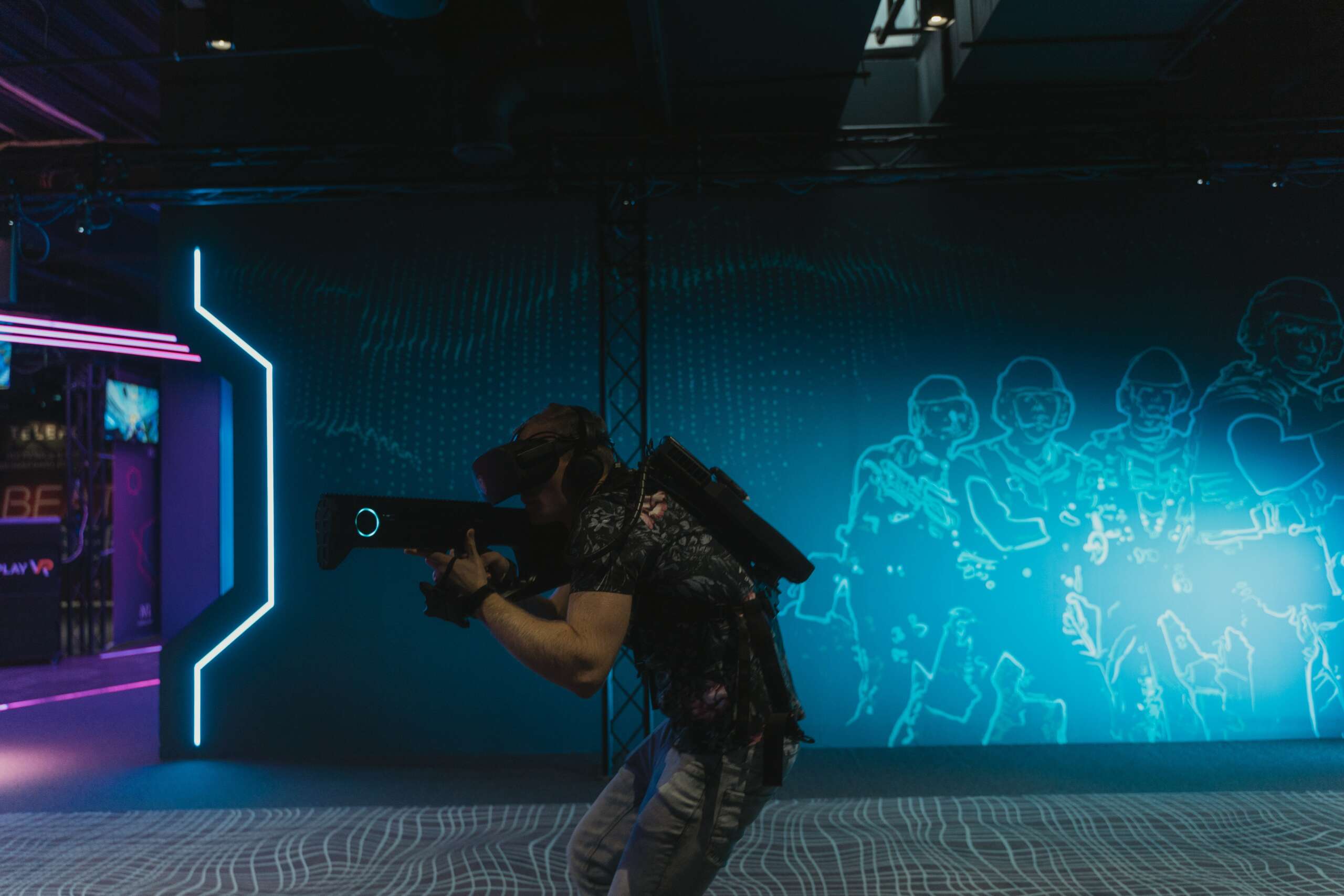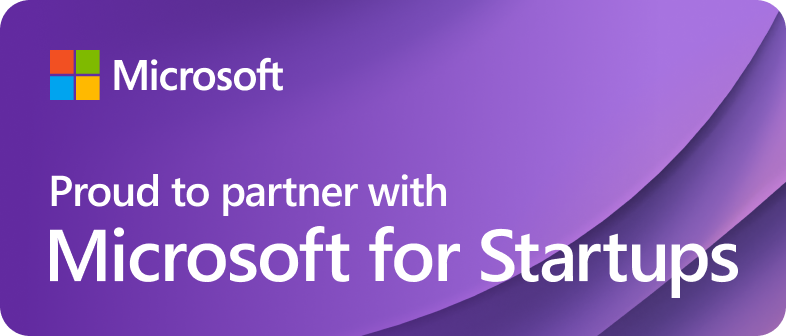It has been predicted that the next generation of warfare will be dominated by artificial intelligence. Humans will be replaced by machines, and battles will be won without ever having to fire a shot. But this doesn’t mean that humans are any less important in warfare. In fact, there is a new technology that is about to revolutionize combat training and more: virtual reality combat simulation. With VRCS, you can experience real-life scenarios from anywhere in the world, in any environment. Now you can learn how to react in a combat situation while sitting on your couch at home or at work.
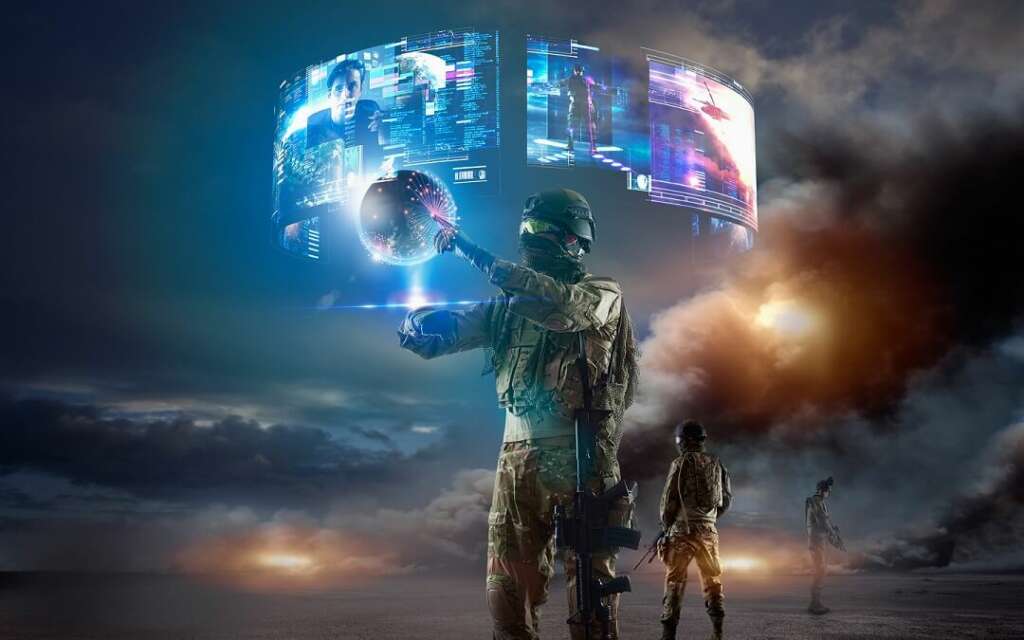
Why VRCS is the future of warfare
VRCS is the future of warfare because it will allow soldiers to train virtually in a controlled environment. Training in VRCS is more realistic and immersive than anything you can get from a live-action simulation or video game. For example, let’s say you are training on a rooftop in Afghanistan. In VRCS, you can experience all of the same sights and sounds as if you were actually standing on that rooftop. But unlike with a live-action simulation or video, you can’t be shot or killed. This technology also has some incredible benefits for those who are too young or too old to fight in combat. With VRCS, people who would otherwise not be able to train for real military situations can still be able to do so without any risk of injury. And those who do go into battle are more prepared for what they are about to face thanks to this virtual reality program. That’s why people believe that VRCS is the future of warfare and why it should be used as much as possible today.
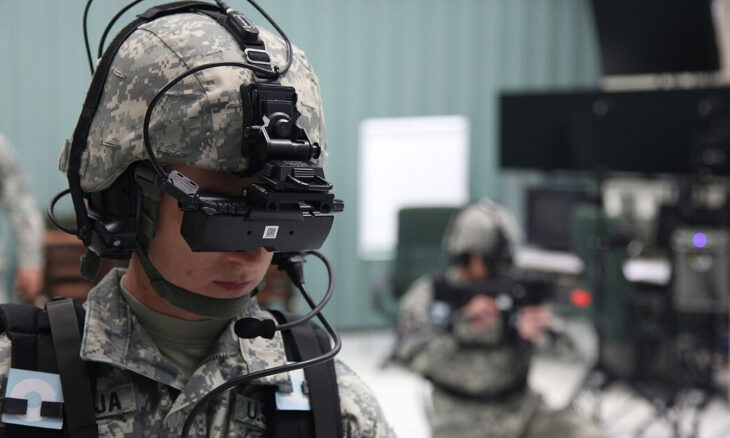
How can VRCS help combat training?
One of the biggest problems with combat training is that soldiers are often able to train in a variety of different environments and scenarios, but they don’t get a chance to see these scenarios until they’re actually there. This means that soldiers need to be trained for every possible environment that could come up. This will make your training more effective because it will allow you to practice as if you were really there without ever leaving your home or office! That way, when you are actually out on the battlefield and something happens, you know exactly what to do.
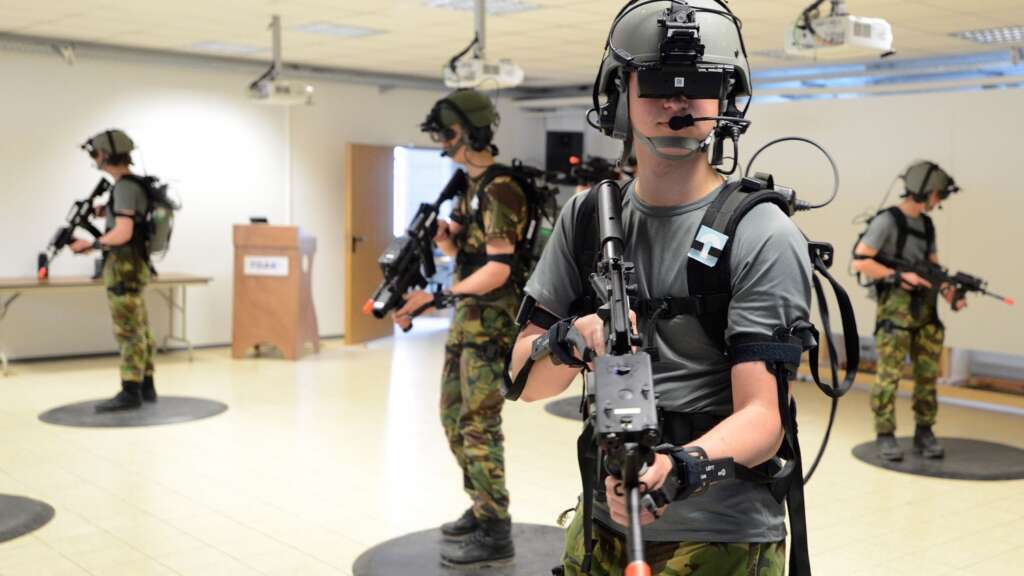
Situational awareness
Virtual reality training is a great way to give military personnel the chance to learn crucial skills to survive in high pressure, dangerous and diverse environments – and all within a safe, risk-free space. It can help individuals to hone their combat and decision-making skills in reaction to varying scenarios, as well as tactical and strategic thinking.
Unit training
Being able to rely on colleagues is crucial for all military units to function. The great thing about VR training is that it gives units the chance to train together, meaning that it can help to train on how to effectively work interdependently and understand the impact their actions can have on their colleagues.
Equipment training
From haptic VR guns through to armoured vehicles, submarines that launch virtual torpedoes and beyond, VR is being applied to military training programmes that focus on a trainee’s ability to use specific equipment in their work.
Virtual Naval Ships
Naval institutions around the world have introduced VR training to ensure that ship personnel are familiar with the complex equipment they are faced with, from maintenance engineers through to helicopter pilots and bridge officers – and beyond.
An effective response to technological changes
The defence sector is faced with significant changes as we move from the industrial to the digital age. As advances in technology and communications are leading to a shift from hardware-driven defence strategies to data-driven defence solutions, VR training tools give personnel the chance to rise to the challenges that technological changes present to everyday working conditions.
The potential to scale up training
a sector that requires large numbers of personnel to be trained to a high level, rolling out practical training at scale is crucial. Moreover, it’s a cost-effective way to ensure consistency of training across thousands of military personnel, with the added bonus of being able to monitor and evaluate individual performance.
Can VRCS be used for other purposes?
Virtual reality combat simulation is mainly being used to train soldiers, but it can be used for other purposes as well.
Train Combat Medic
One use of VRCS is to help train Combat Medic/Healthcare Specialists. Surgeons, for example, can practice on a patient in a virtual combat environment before they operate on them in real life. By having this experience in virtual reality, the surgeon would be less likely to make mistakes when operating in an actual combat zone.
VRCS has many benefits besides just combat training and education. It’s a new way for people to experience things that would normally be too expensive or time-consuming.
PTSD Recovering Therapy
Also known as a posttraumatic stress disorder, it is a bane of many soldiers gone through wars and conflicts.
Due to various traumatic experiences, the person can get disturbing thoughts and regular dreams about the event, which can even lead to self-harm or suicidal intentions.
There are a lot of programs that help soldiers with PTSD recover. And recently, VR applications have also come to the aid.
What qualifies as a successful VRCS program?
Training programs are only successful if they produce the desired results. Successful VRCS programs will produce better and more experienced soldiers who will have a better chance when it comes to combat.
This is because training in VRCS could provide an intense simulated experience without actually having to be in the actual combat zone.
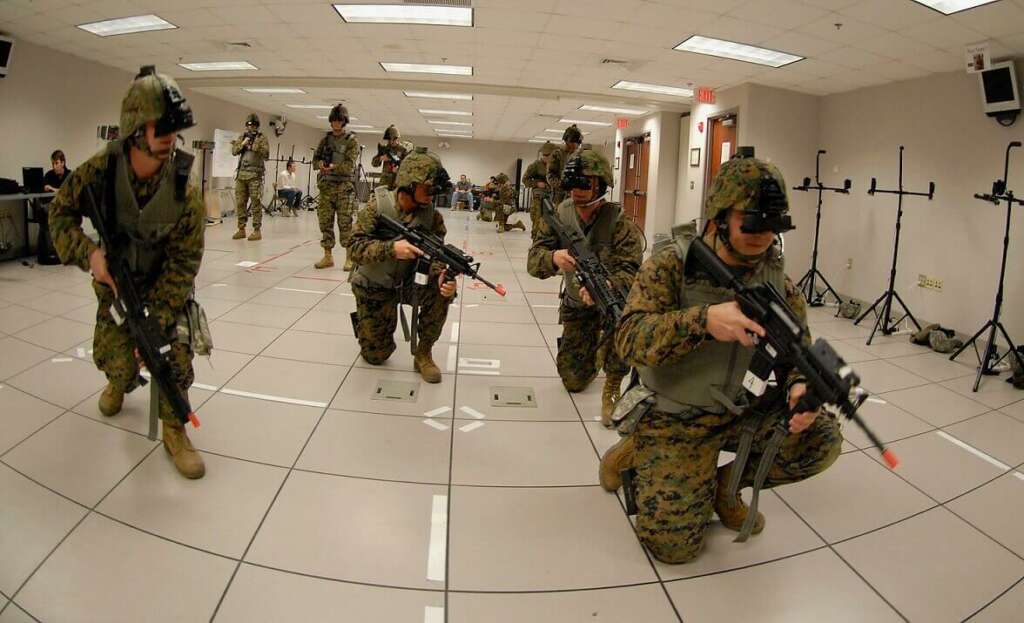
What are the challenges of implementing VRCS?
There are not many challenges to implementing VRCS. The one that springs to mind is how it will be implemented on the battlefield, but this can be worked out. It’s important for soldiers to know how to react in a combat situation, and VRCS helps teach that.
Conclusion
VR combat simulations are changing the way military organizations train their troops. Utilizing state-of-the-art technology, such as high-end graphics and 3D displays, VRCS can provide a realistic experience for soldiers that is more immersive than ever before.
But the benefits of VRCS don’t stop there. Military organizations can use it to train their troops in a variety of ways, including in tactical scenarios, to learn how to interact with different equipment, and even to prepare soldiers for combat before they deploy.
And while VRCS has the potential to benefit military organizations across the board, it comes with its share of challenges, too.
While virtual reality is showing excellent results after being used for military training purposes, there are a lot of aspects that can be improved: graphics, sensors, battery life, haptics, etc.
But, considering the speed of VR development, all those improvements will not be long in coming.
There are quite a few VR development companies that specialize in military applications and platforms. Bringing in virtual reality is definitely the right choice if you want to optimize the training budget and boost efficiency.
Moreover, if you are interested in trying out virtual reality, you are free to contact us if you have any questions related to virtual reality app development.
Our company SimoneFx Reality Labs can help you create such immersive simulations for various business solutions that involve virtual reality.


